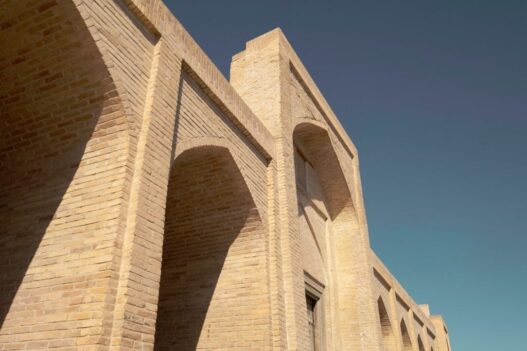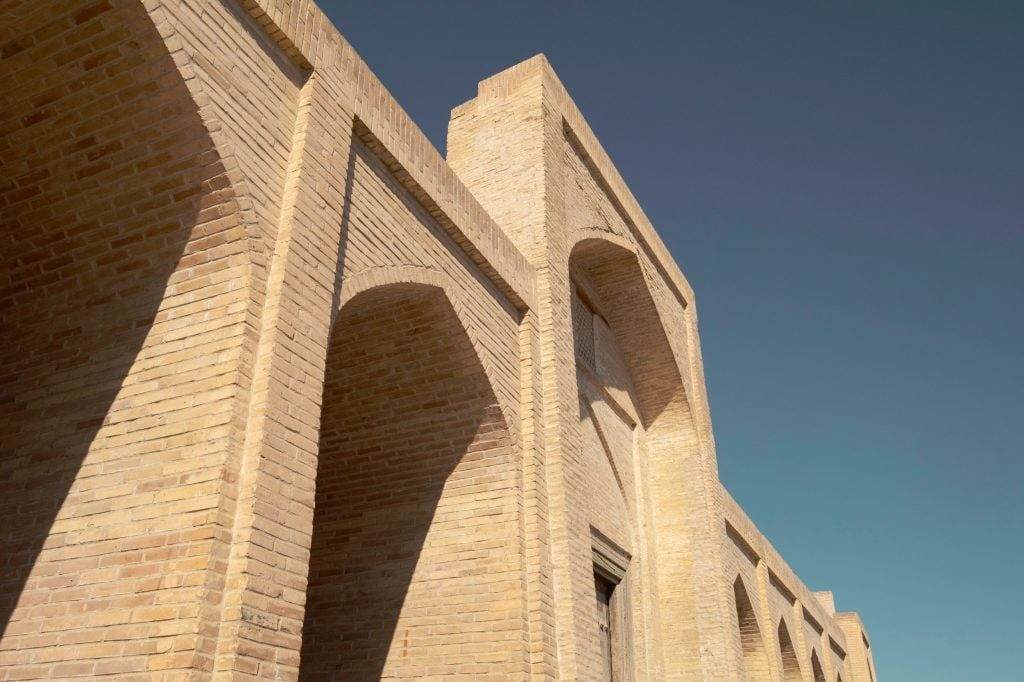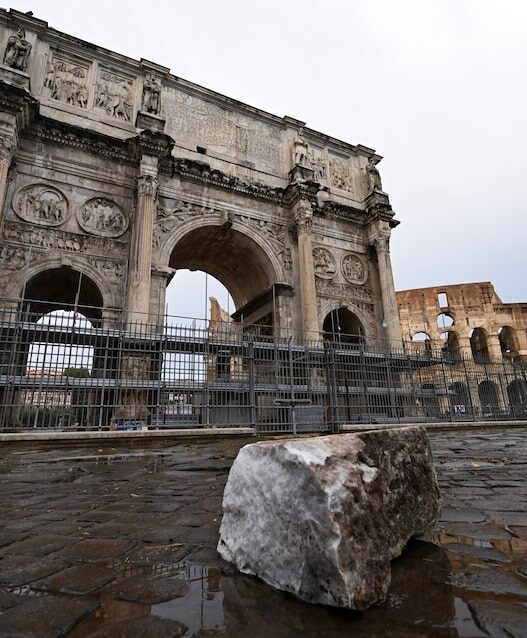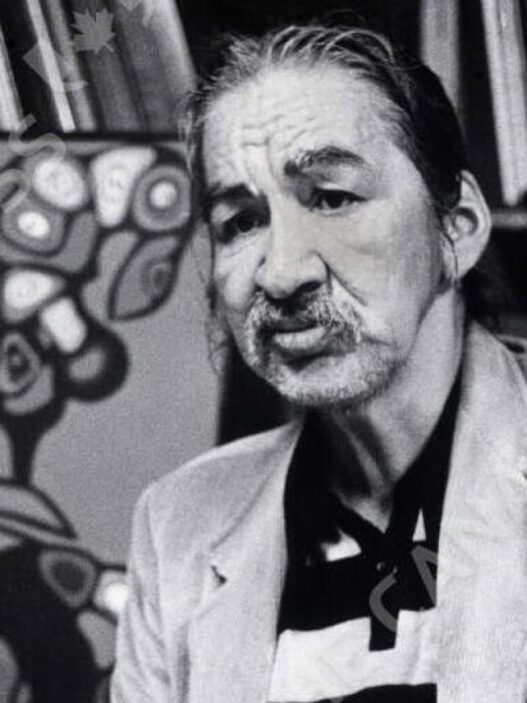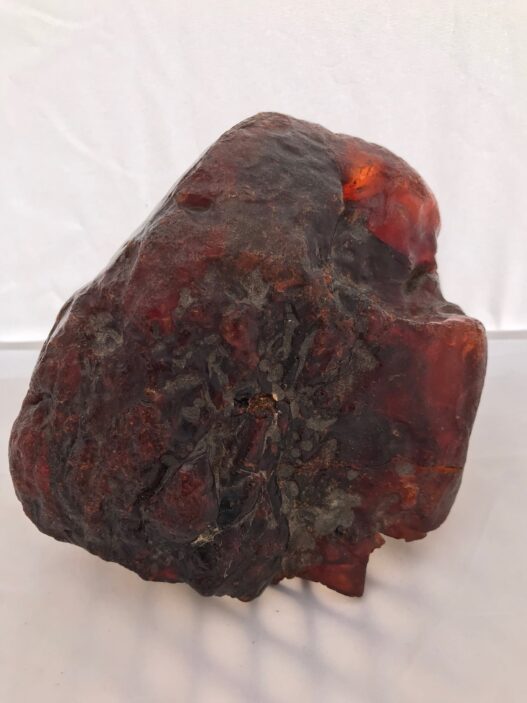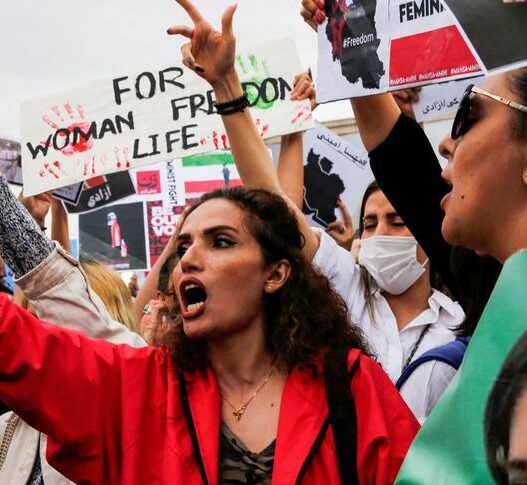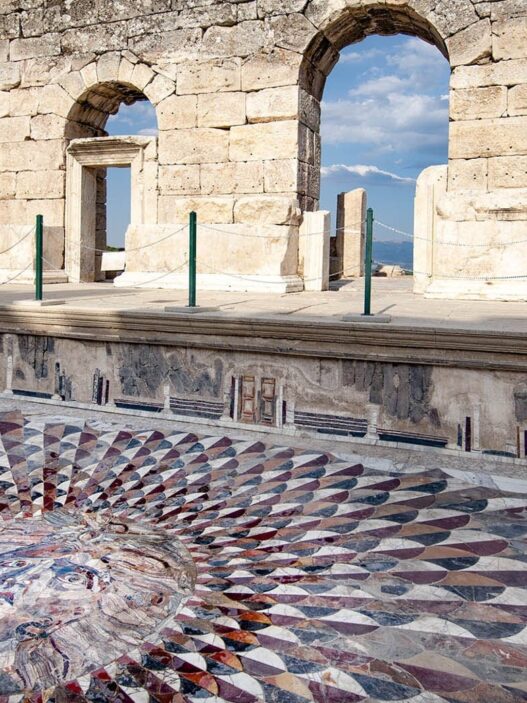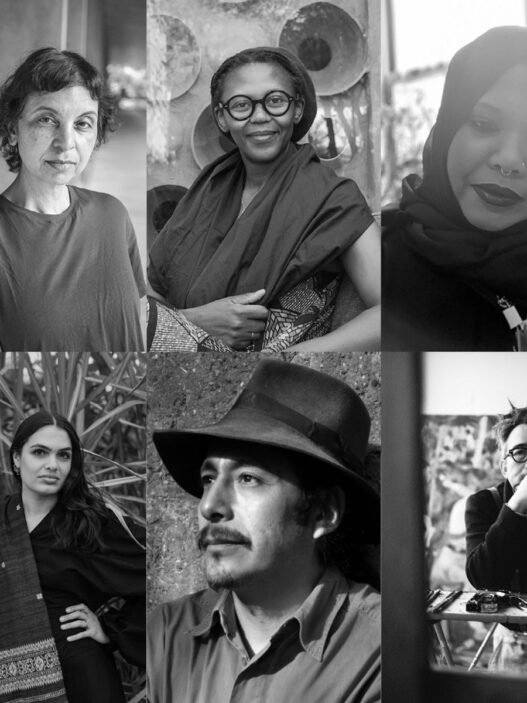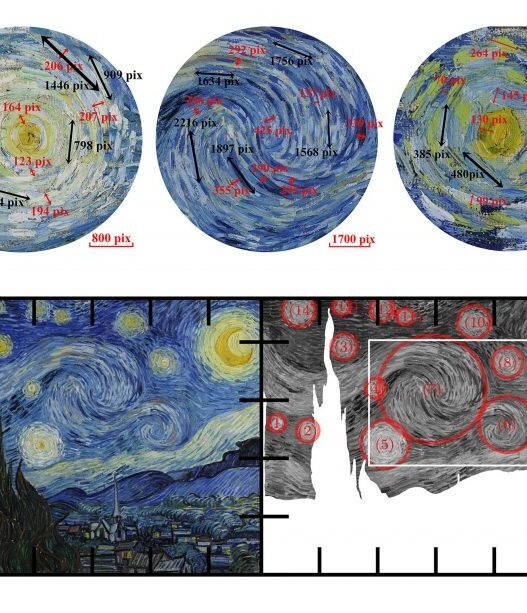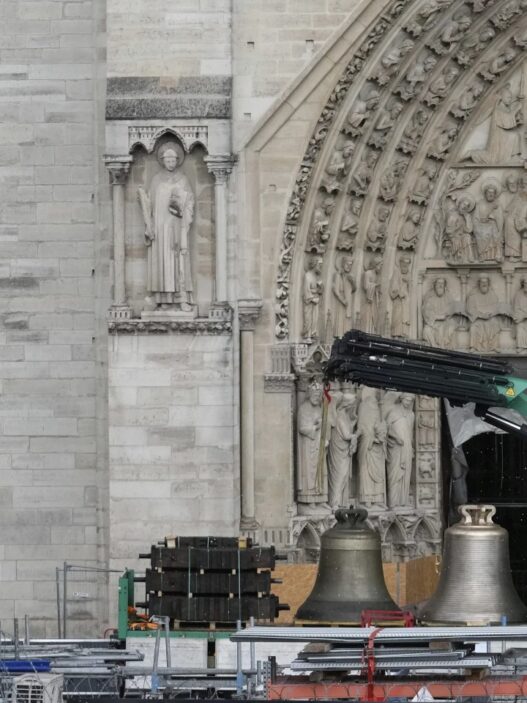The Bukhara Biennial is set to debut on September 5, 2025, marking a pivotal moment in Uzbekistan’s cultural history. Organized by the Uzbekistan Art and Culture Development Foundation, this inaugural event, titled “Recipes for Broken Hearts,” will run for ten weeks, blending contemporary art with the rich history of Bukhara, a UNESCO World Heritage Site. The biennial, curated by Diana Campbell, promises to be an extraordinary exploration of art, tradition, and community, embracing a wide range of mediums from visual arts to crafts, performance, architecture, cuisine, and music.
Cultural Renaissance in Bukhara
As one of the oldest cities along the Silk Road, Bukhara has long been a melting pot of diverse cultural and religious influences. This tradition of exchange and creativity continues through the biennial, which seeks to shine a light on the ancient city’s unique position as a hub of artistic production. Bukhara has been designated as a UNESCO Creative City of Crafts and Folk Art, and its rich history makes it an ideal backdrop for an event of this magnitude.
Curator Diana Campbell, an American writer and founder of the Samdani Art Foundation in Dhaka, Bangladesh, brings a wealth of experience working with artists from South and Southeast Asia. She notes that the biennial’s theme reflects both a personal and collective journey of healing through creativity. The title, “Recipes for Broken Hearts,” draws inspiration from the Uzbek dish palov, said to have been invented by the 11th-century philosopher and physician Ibn Sina as a cure for a prince’s broken heart. This concept is expanded to explore how time, shared experiences, and creative expression can serve as tools for healing.
International and Local Talent
The biennial will feature a diverse array of international and Uzbek artists, bringing together names like Aziza Azim, Behzod Boltaev, and Gulnoza Irgasheva, alongside world-renowned figures such as Antony Gormley, Wael Shawky, Subodh Gupta, Marina Simão, and Delcy Morelos. These artists will create new works specifically for the biennial, drawing on Bukhara’s history and environment to explore the theme of healing, communion, and creativity.
In particular, the biennial will feature performances and artworks that emphasize the relationship between people, place, and history. Wael Al Awar, an Emirati architect, has been tasked with restoring key historic sites where the biennial will be held, including the Fayzulla Khodjaev House-Museum, the Miri-Arab Madrasah, and the Caravanserai Ahmadjon—a complex of 19th-century buildings recently conserved after years of disrepair during the Soviet era.
Cuisine as Art
Expanding the notion of art beyond traditional mediums, the biennial will also feature chefs from different cultures, who will collaborate with artists to elevate culinary practices as a form of artistic expression. This aspect of the biennial celebrates cuisine as both a cultural artifact and a creative art form. Through shared meals and performances, visitors will experience how food can serve as a medium for healing and connection, reinforcing the event’s overarching theme of repairing broken hearts and fostering unity.
A New Era for Uzbekistan’s Art Scene
The Bukhara Biennial represents a significant moment for Uzbekistan, further solidifying its place on the global cultural map. The Uzbekistan Art and Culture Development Foundation has been actively working to enhance the country’s cultural offerings and attract international attention. With the Frieze Art Fair and other major global events gaining traction in the region, the biennial adds a new chapter to Bukhara’s long history as a center of intellectual, spiritual, and artistic life.
In the words of curator Diana Campbell, “Bukhara has always been a place where people came together to find togetherness in the quest for a more meaningful life through a search for spiritual, intellectual, and worldly knowledge.” This sentiment is mirrored in the biennial’s intention to create a space for artists and audiences to connect through shared experiences, conversations, and creative collaborations.
The Bukhara Biennial is poised to become a landmark event in Central Asia, offering a unique fusion of contemporary art, historic tradition, and intercultural dialogue. From internationally renowned artists to local Uzbek talent, the biennial invites visitors to explore how creativity can mend hearts, build connections, and celebrate the beauty of human expression in its many forms.









